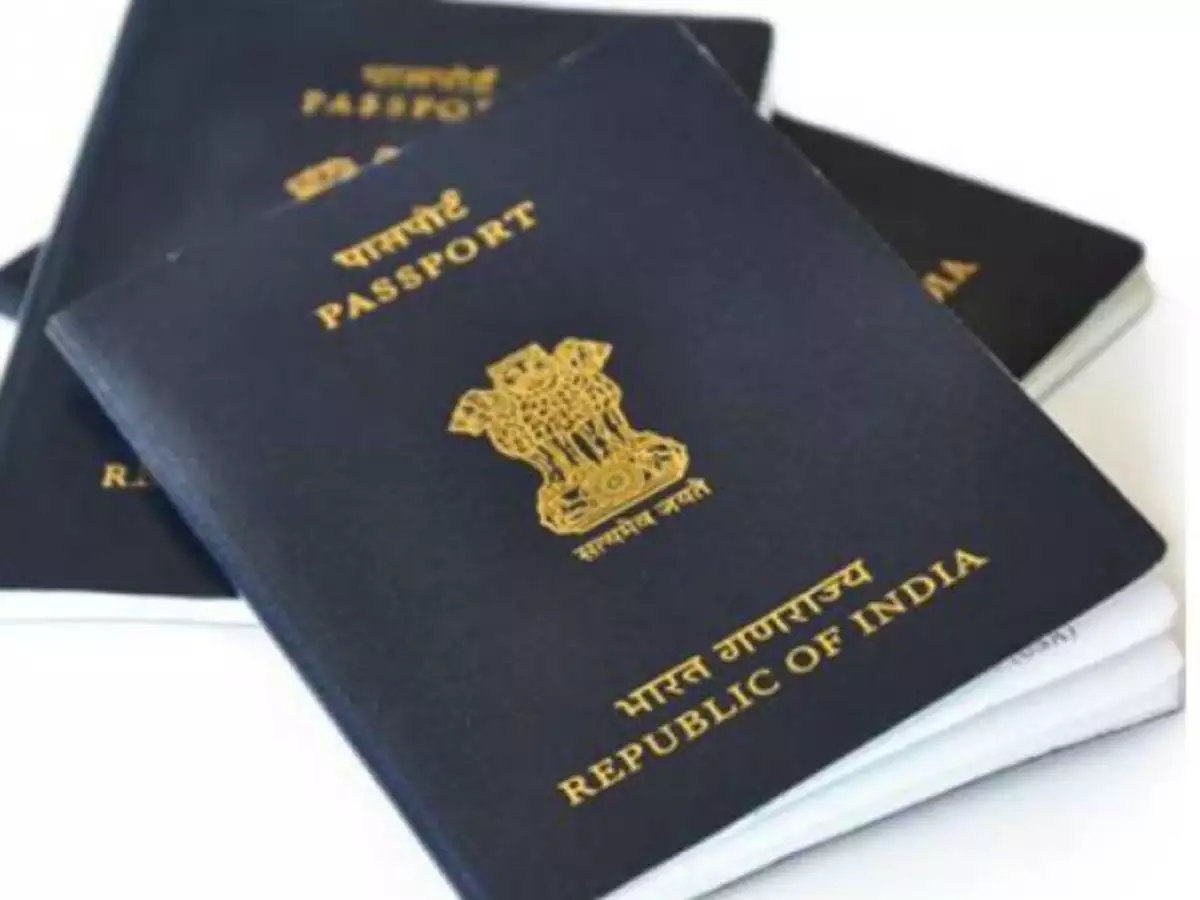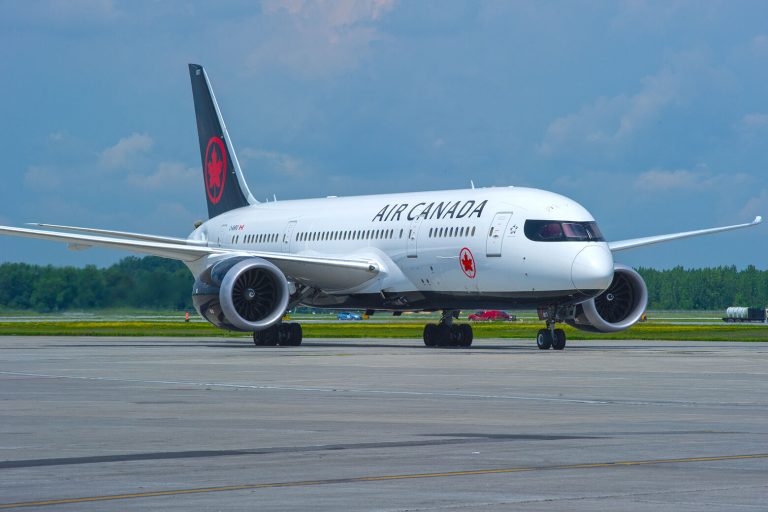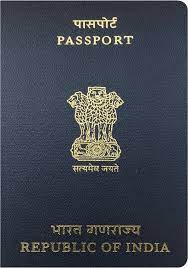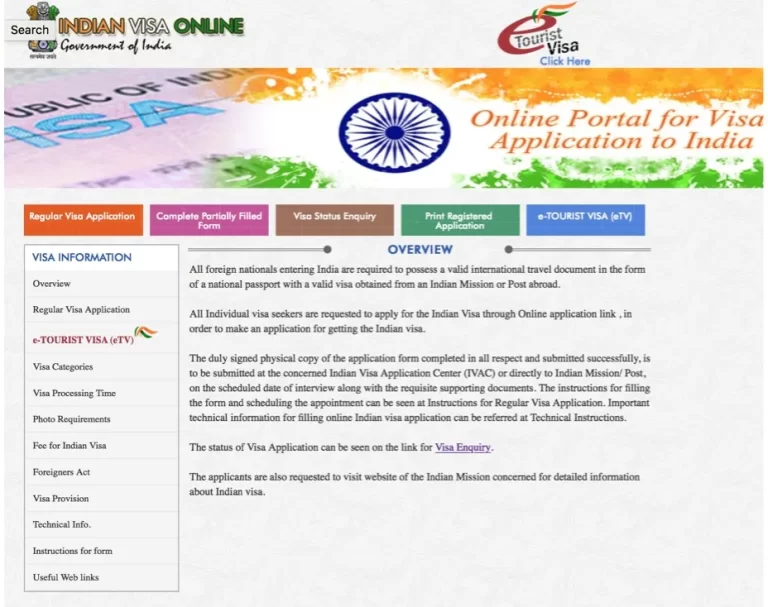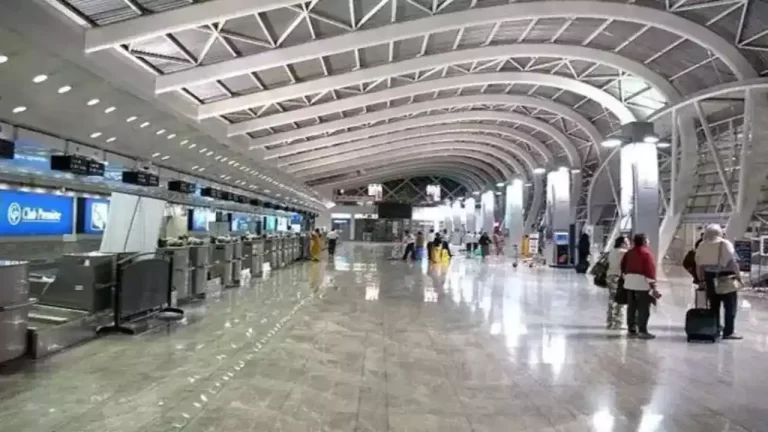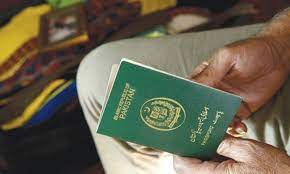Everything You Need to Know About Getting an India Visa for Finland and Iceland Citizens
This article will tell you everything you need to know about getting an India visa if you’re traveling from Finland or Iceland. While Indian embassies in Finland and Iceland do handle visas from time to time, there are other options available to Finns and Icelanders who want to visit India. Here’s everything you need to know about obtaining an India visa if you’re traveling from these countries!
Where can I apply?
Visas can be applied at any Indian embassy or consulate. For India, you’ll need to apply in your home country or another country (if eligible). Consult your local Indian embassy/consulate if you have any questions. Once approved, visas are valid for a maximum of three months after issuance, but should not be used longer than 90 days from entry into India. What documents do I need?: In addition to a completed application form, applicants will also need their passport and copies of previous passports (with all visa stamps), proof of employment, bank statements showing sufficient funds for travel expenses during stay in India, return ticket reservation, proof of financial means with at least $2 per day per person as well as additional funds for emergency situations. The exact amount will vary depending on each case. If you are married and applying together with your spouse then both partners must provide proof that they were married within two years prior to the application date. If either partner was previously married then proof that their previous marriage has been legally dissolved is required before submitting an application. India Visa for Finland Citizens
How long do I have to wait?
If you’re hoping to make a trip to India, there are a few factors that affect how long you’ll have to wait. Firstly, your nationality is important. If you’re from a country that’s on India’s visa-on-arrival list (like Japan or South Korea), you can expect your application process to be fast – it can take as little as 20 minutes. The other factor is whether or not your country has signed an agreement with India regarding online visas. If so, you can do most of your processing online; if not, applications must be submitted in person at one of India’s foreign posts in Finland or Iceland. While each case varies, applicants typically wait anywhere from two weeks to three months before receiving their visas.
Documents needed to get an Indian visa
The most common documents required to apply for an Indian visa are a passport, return ticket, proof of accommodation in India, photographs, and evidence of financial support. However, requirements differ depending on your nationality or reason for travel. Travelers with certain nationalities need a special visa that is granted by only one embassy or consulate in their home country or region. The best way to ensure you get all your paperwork straight is to contact your nearest embassy or consulate before leaving home. It’s also important to remember that there are several different types of visas available for entry into India—ranging from student visas up to business visits—so make sure you choose a type that fits with your planned activities while in India. India Visa for Iceland Citizens
Invitation letter
No specific invitation letter is required if you are a citizen of Finland or Iceland. However, you will need a valid passport along with your visa application. As part of your travel documents, you’ll also need flight booking information, dates of entry and exit, etc. If your spouse is traveling with you, he/she must be mentioned in your invitation letter; otherwise, they will not be allowed entry into India (This rule has been enforced as of July 2018).
What documents are required while leaving India?
While entering India, your passport must be valid for six months from your date of arrival. An Indian visa is given at ports of entry; if you are a resident of one country but travel on a passport issued by another country, you may have difficulty obtaining an Indian visa. Your passport should have at least two blank pages; when applying for visas, it is best to provide at least three blank pages. Blank pages are necessary because some countries stamp entry/exit stamps onto passports and these can be used as part of your visa application. Travelers with only one blank page may be denied entry into India so keep in mind that many European countries require your passport to have more than one blank page when traveling out from India.
